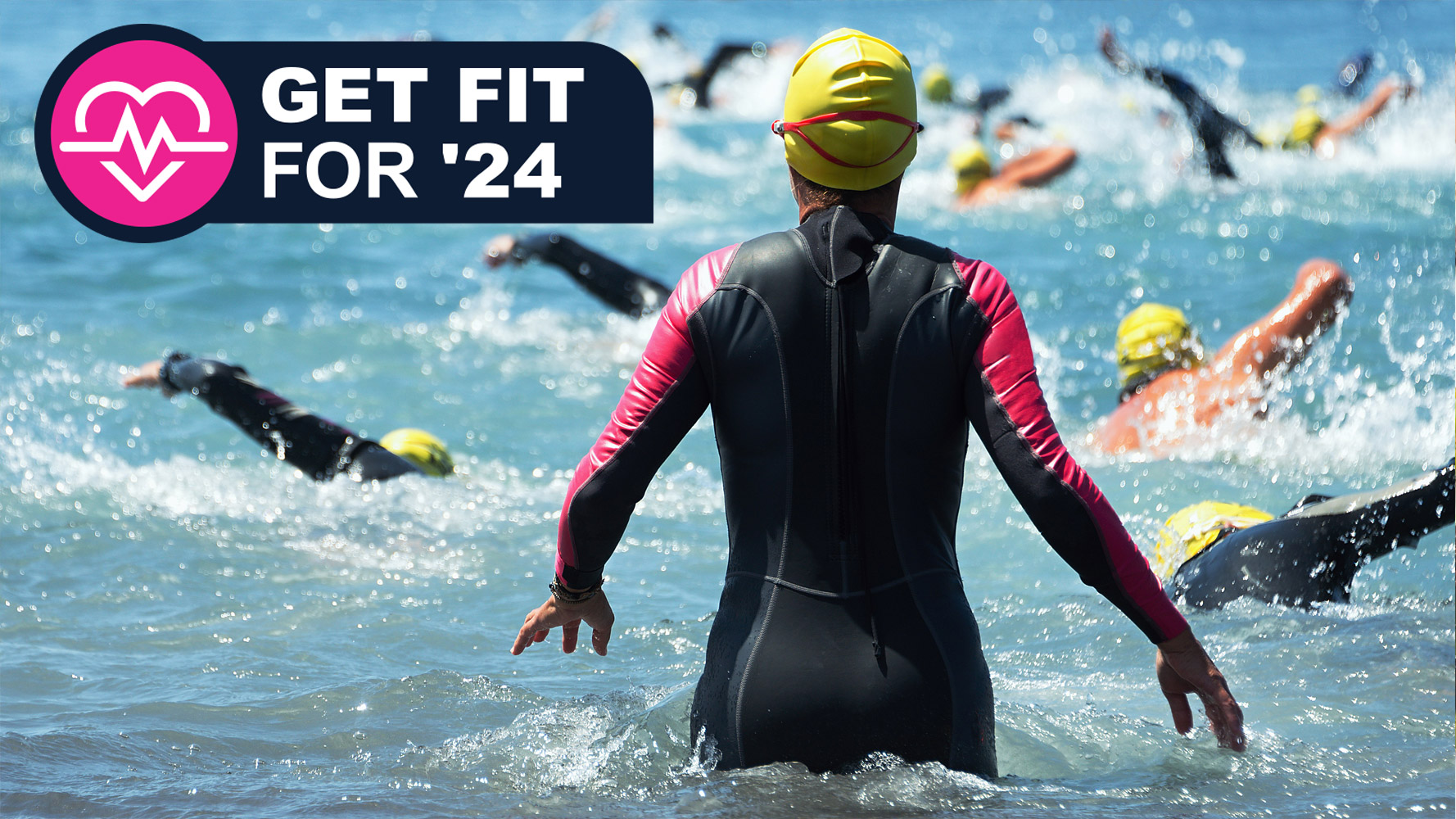
Decided to add ‘do a triathlon’ to your list of things to tick off this year? As you mentally prepare to work out when you’re going to squeeze in that training time on the bike, lacing up the running shoes, and getting in the water, you’ve probably also realized you’re going to need some extra kit.
Getting those triathlon beginner essentials will see you through from day one of training to crossing that finish line of your first multi-discipline event, from the best Garmin watch or best running watch to wetsuits, the best running shoes, and even your nutritional needs.
If you have no idea what you’re going to need to cover training and race day, we’ve pulled together some of the key items to put at the top of your list so you can firmly focus on making sure you’re in good shape to put that kit to proper use.
Swim
1. Wetsuit
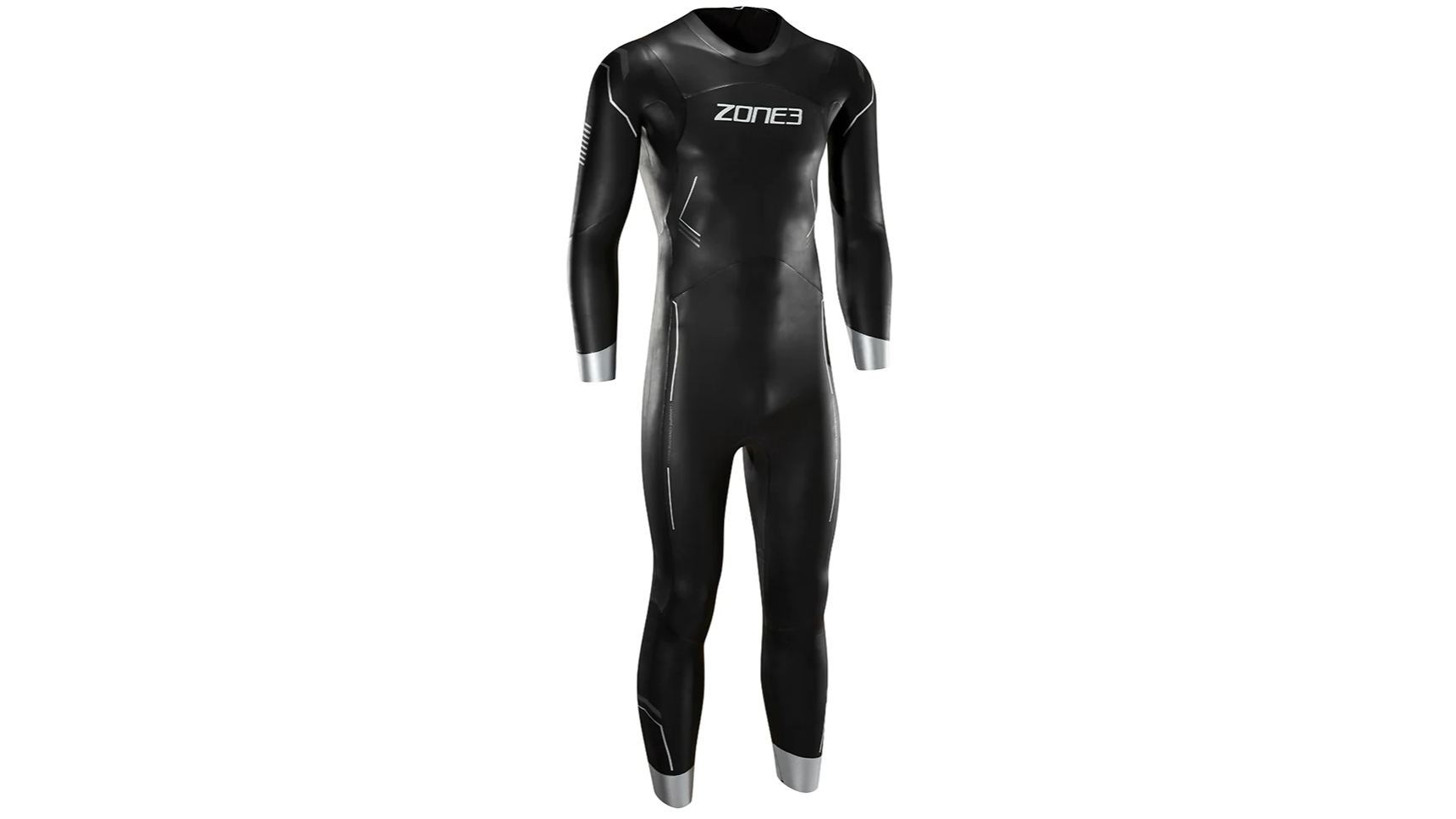
You’ll likely know the first leg of the triathlon will be the open water swim so investing in a wetsuit to keep you warm in colder waters and also reduce drag fighting against you getting to the end of the swim leg.
Tri wetsuits can get pricey, but there are more affordable options like Zone 3’s Agile wetsuit ($345 from Zone3 in the US / £199 from Zone3 in the UK), which is aimed at triathlon newcomers and offers features like high visibility panels to help keep you seen and also uses a talon resistant coating to make sure you don’t accidentally tear your suit with your nails.
2. Goggles
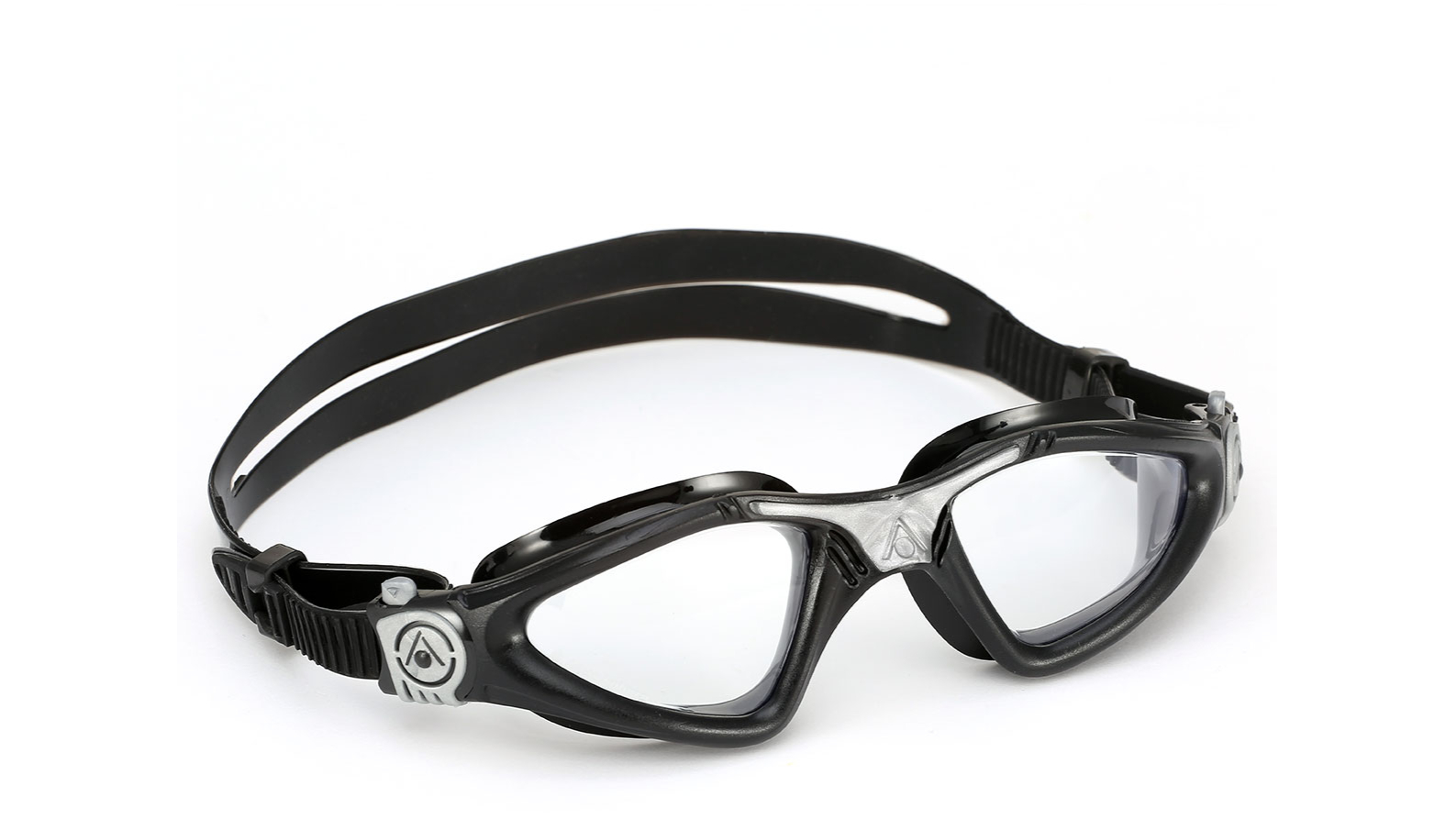
You should match up that wetsuit with suitable swimming goggles that are good fit for that open water swim time during training and on race day. A good pair can improve your visibility in murkier water, offer lenses that are better fit for outdoor swimming conditions and even offer some added protection against the sun.
The Aquasphere Kayenne ($29.99 at Scuba.com in the US / £29.99 at Aquasphere in the UK) is a good pair for pool and open water training that’s offered with different lenses to better suit the type of conditions you’ll likely be racing in, along with a quick-fit buckle to make easy adjustments to the fit.
Get daily insight, inspiration and deals in your inbox
Sign up for breaking news, reviews, opinion, top tech deals, and more.
There’s also the Speedo Futura biofuse tri goggles ($35 at Amazon in the US / £40 at Speedo in the UK) that are designed to offer added comfort around the eyes and combat glare both for indoor and outdoor swims.
Run
3. Triathlon watch
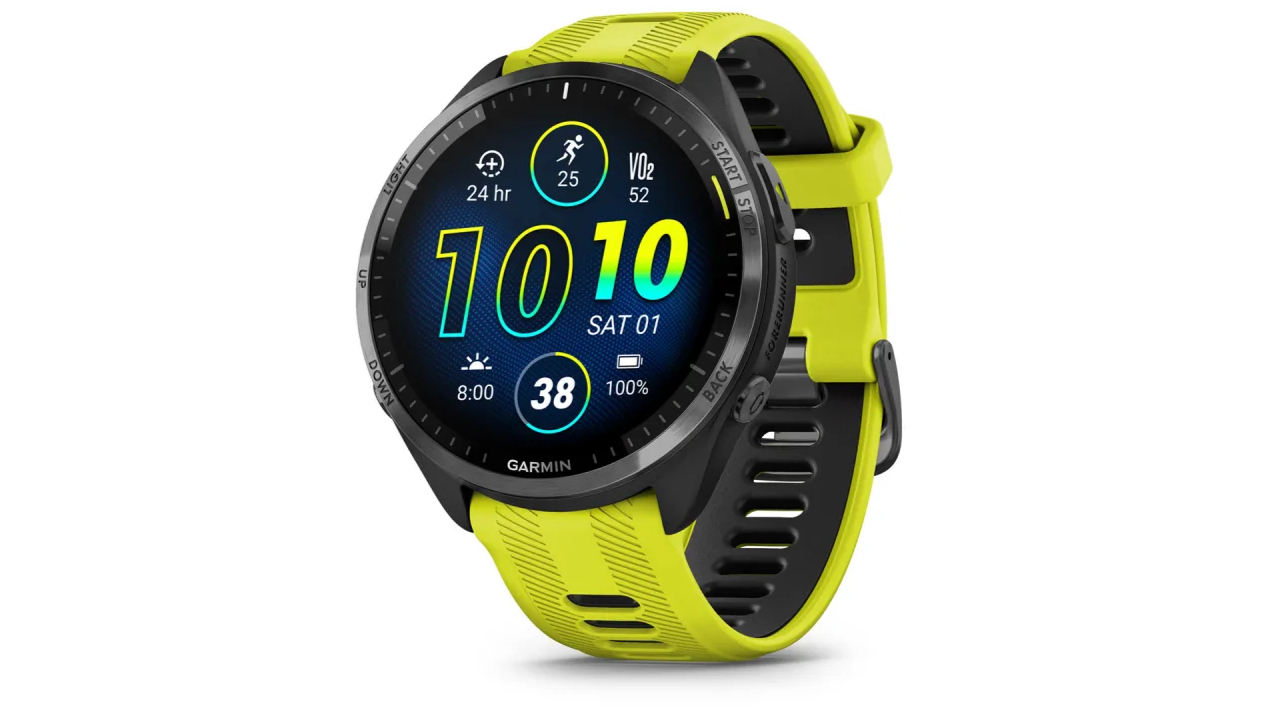
A good triathlon-friendly watch can be a useful tool both for training and gauging progress and also in terms of marking transitions on the day. The Coros Pace 3
($229 / £219) is one of the best, affordable multisports watches you can buy right now and will cover tracking your runs, swims and rides. It also has a dedicated triathlon mode to track transitions and set up alerts for all sessions of your event.
If you’ve got a bit more money to spend and like the idea of a multisports watch that has a colour display, the Garmin Forerunner 965 ($600 / £600) fits the bill. It gives you the best of Garmin’s tracking and analysis features including a triathlon mode to go with that vibrant AMOLED display to soak up your stats on.
4. Running shoes
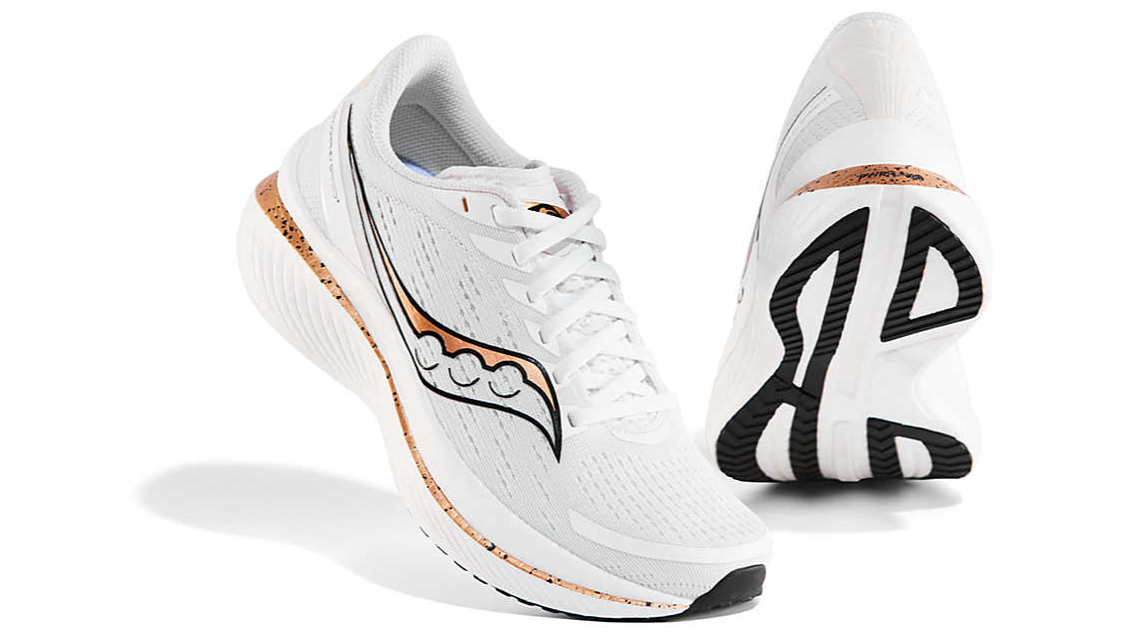
Investing in a good pair of running shoes is worth doing and no, you don’t have to buy a pair of carbon plate-packing ones. There are plenty of cheaper, versatile options to look for. The Saucony Endorphin Speed 3 ($170 at Saucony in the US / £165 at Saucony in the UK) typically sits below its retail price and is a good speed-focused shoe that features a nylon plate and Saucony’s PWRRUNPB cushioning foam to offer protection over longer distances.
The Asics Noosa Tri 15 ($170 at Asics in the US / £135 at Asics in the UK) or an older version of the Noosa Tri is another option that’s light and is also one that’s easy to whip on and whip off, which is ideal for a triathlon.
5. Race belt
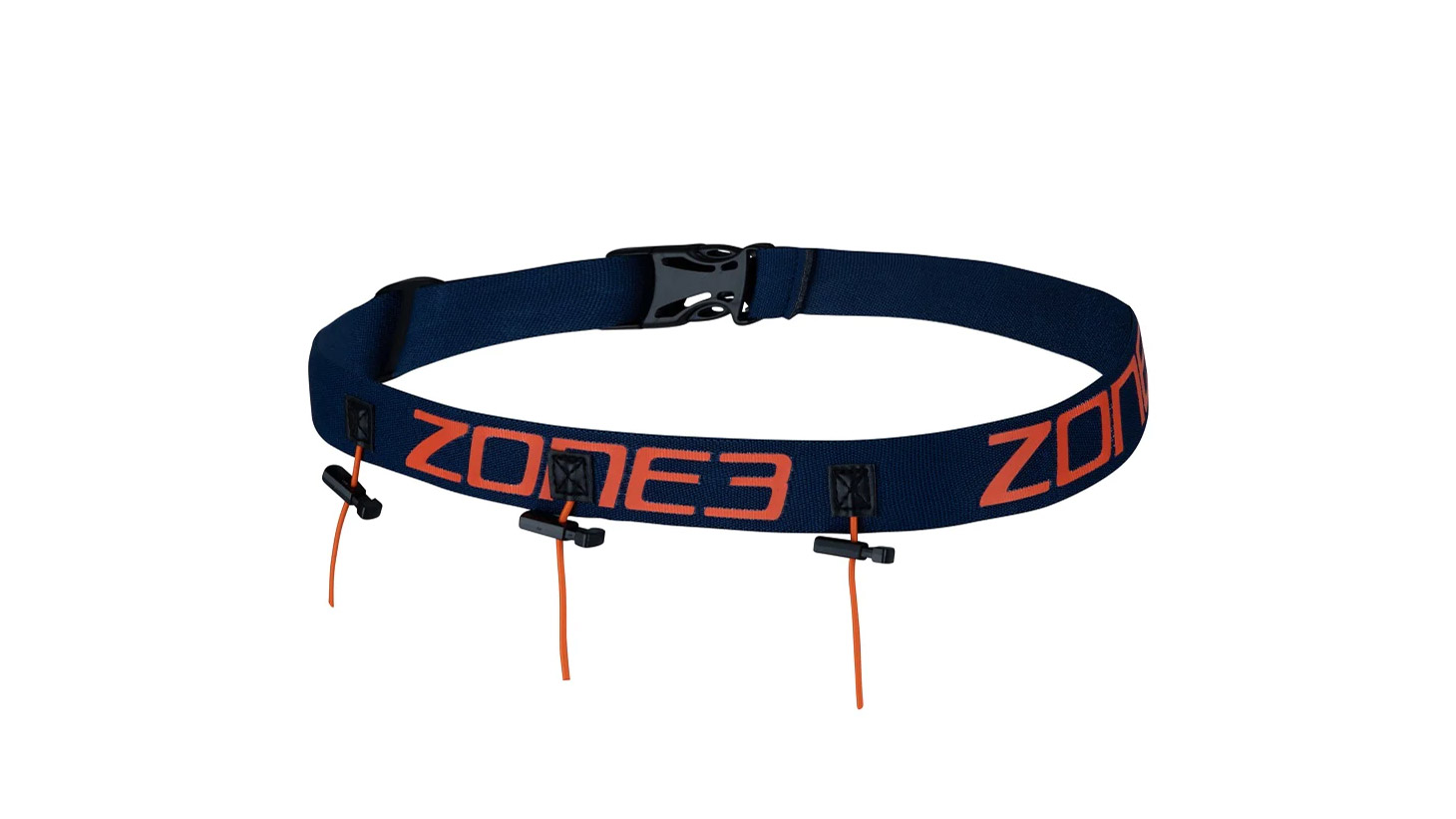
Grabbing a race belt will make sure you have somewhere to pin your race bib and also have somewhere to store other items you might quickly need at hand. The Zone3 Ultimate Race Number Belt ($8.35 at Watersports Outlet in the US / £7.50 at Zone3 in the UK) is built for this job and also offers multiple spots to drop energy gels into when you need a fuel boost.
6. Nutrition

On that nutrition front, you’ll need to think about how you’re going to keep your energy levels high when they take a battering and consider the recovery side of things for tougher training periods.
Energy gels like these SiS Go Isotonic Gels ($49.99 for a box at TheFeed in the US, or £48 for a box at Wiggle in the UK) are designed to be easy to digest and provide around 30g of carbohydrates to top up your reserves. You can also pick them up in caffeine versions and with more or less grams of carbs as well, depending on your needs. They come in sealed pouches, which means you can stuff them in your race belt and swim with them ready to go.
Cycle
7. Bike
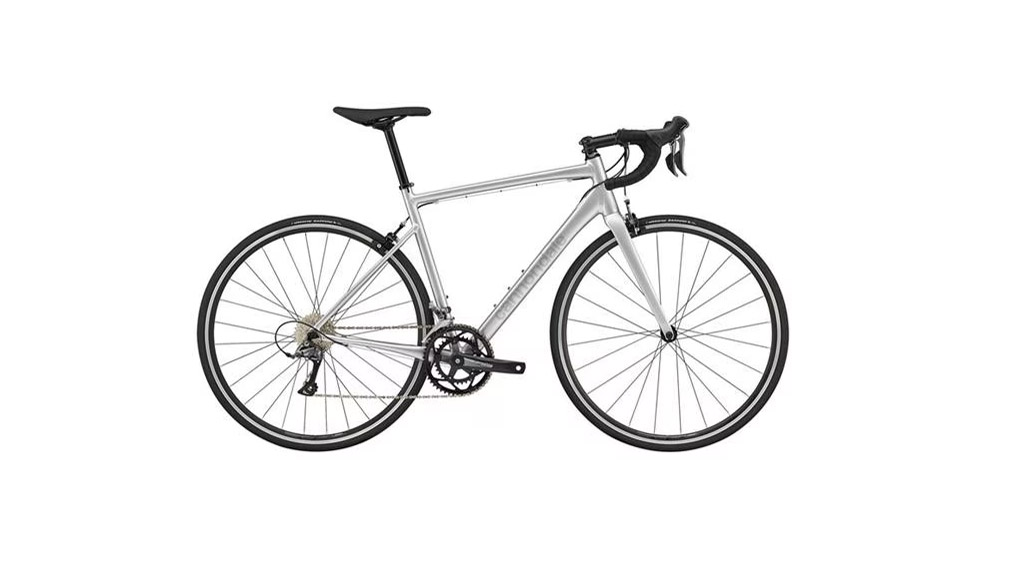
Dedicated triathlon bikes are expensive and if this is your first rodeo you don’t necessarily have to spend the big bucks on one. Opting for a cheaper road bike should serve you well until you decide to make triathlons a more regular affair.
You can opt for a used bike but if you want your own brand new ride going for something like the Specialized Allez ($1200 at Specialized in the US / £600 at Specialized in the UK), is a good entry-level choice while the Cannondale CAAD Optimo 4 ($1025 at Cannondale in the US / £629 at Evans in the UK) is also primed for racing, embracing a design inspired by Cannondale’s pricier racing-focused bikes.
8. Cycling shoes
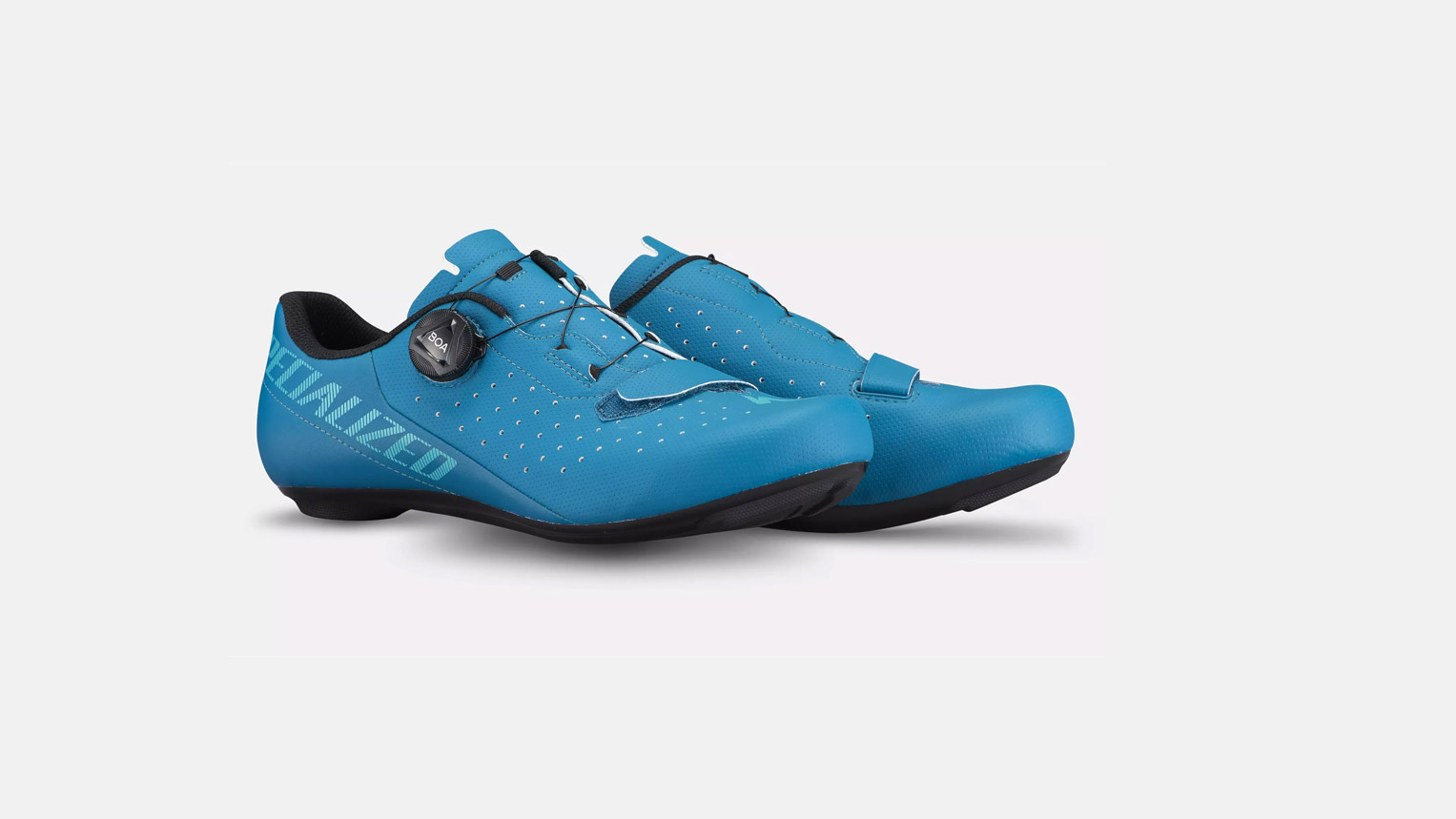
If you’re getting the bike, you’re going to need the shoes to make the most of that pedaling time. There are a lot of cycling shoes out there and you can look at something like Specialized’s Torch 1.0 road shoes ($79.99 at Specialized in the US / £99.99 at Specialized in the UK), which are inspired by Specialized’s pricier road shoes. They’re a moderately stiff pair to efficiently transfer power from feet to pedal with a cleat pattern that should make them compatible with most road bikes.
The Fizik Tempo R5 ($135.99 at Amazon in the US / £73.99 at Wiggle in the UK) uses a velcro strap to keep things comfortable on the top of your feet, uses its Volume Control to adjust compression at the midfoot and is suitable to throw on overshoes if you want some better protection against the elements.
This article is part of TechRadar's Get Fit for '24 week of fitness content.